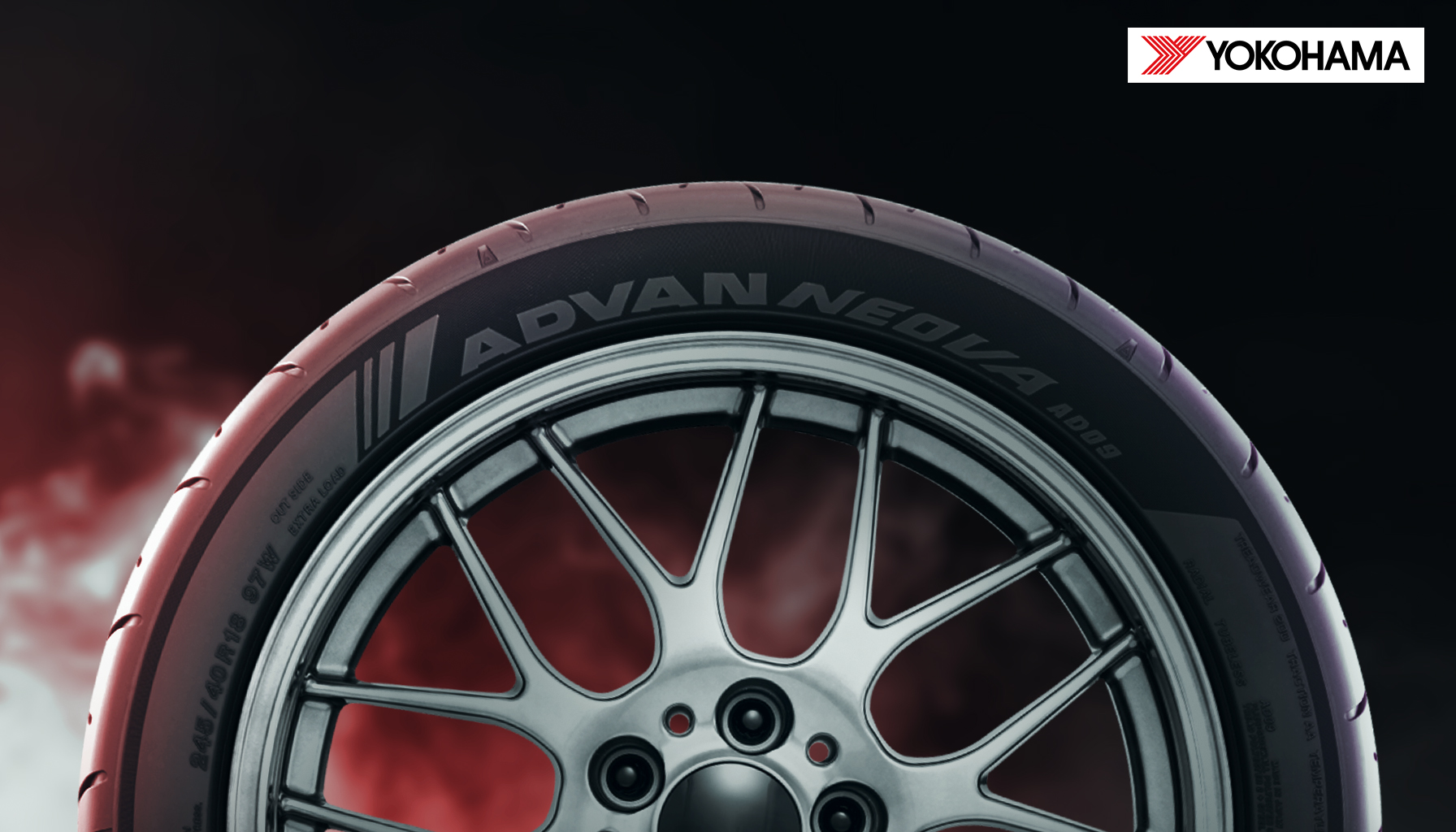Tyre markings provide critical information about a tyre’s specifications, including its size, load capacity, speed rating, and manufacturing date. These markings, typically found on the sidewall, are essential for ensuring optimal performance and safety. It’s also vital to regularly check for issues like worn-out tyres, which can compromise your safety on the road.
This guide breaks down the key elements of tyre markings into manageable sections: manufacturing date, tyre size, speed rating, load index, and other useful markings.
How to Read Tyre Manufacturing Date
The manufacturing date of a tyre is crucial for determining its age and ensuring its safety. This information is displayed as a four-digit code on the tyre’s sidewall at the end of the DOT (Department of Transportation) field.
- First Two Digits: Represent the week of manufacture.
- Last Two Digits: Indicate the year of manufacture.
For example, a code of ‘2519’ means the tyre was produced in the 25th week of 2019. Knowing the age of your tyres is vital because tyres degrade over time, even if they appear to be in good condition. Issues like sidewall cuts or cracks can emerge, making it essential to replace ageing or damaged tyres regularly.
How to Read Tyre Size
The tyre size is a combination of numbers and letters that describe the tyre’s dimensions and construction. Using the example “225/45 R18”, let’s break it down:
- 225: This is the width of the tyre in millimetres, measured from one sidewall to the other.
- 45: This is the aspect ratio, or profile, of the tyre. It represents the height of the tyre’s sidewall as a percentage of its width. In this case, the sidewall height is 45% of 225 mm, equalling 101.25 mm.
- R: This indicates radial construction, where the tyre’s internal ply cords are oriented radially from one bead to the other. Radial tyres are the standard for most modern vehicles.
- 18: This is the diameter of the wheel rim in inches that the tyre is designed to fit.
Choosing the right tyre size is critical for maintaining your vehicle’s performance, safety, and handling. Incorrect sizes can negatively affect speedometer accuracy, fuel efficiency, and overall drivability.
How to Identify Tyre Speed Rating
The speed rating is a letter that indicates the maximum speed a tyre can safely sustain when carrying its maximum load. For instance:
- V: Indicates a maximum speed of 240 km/h.
- H: Indicates a maximum speed of 210 km/h.
- T: Indicates a maximum speed of 190 km/h.
Tyres with higher speed ratings typically offer better handling performance, but it’s essential to choose a tyre with a speed rating that meets or exceeds your vehicle manufacturer’s recommendations. Always adhere to legal speed limits, regardless of your tyre’s rating.
How to Know My Tyre’s Load Index
The load index is a numerical code that specifies the maximum weight a tyre can support when fully inflated. For example:
- A load index of 91 corresponds to a maximum load capacity of 615 kg per tyre.
- Passenger tyres typically have load indices ranging from 75 (387 kg) to 105 (925 kg).
Refer to the load index chart provided by your tyre manufacturer to determine the specific load capacity. Choosing the correct load index ensures the tyres can handle the weight of your vehicle, passengers, and cargo without compromising safety or performance.
Other Useful Tyre Markings

- Tread Wear Indicators (TWI): These are small raised bars within the tread grooves that indicate the tyre’s wear level. When the tread wears down to the level of these indicators, it’s time to replace the tyre.
- M+S (Mud and Snow): Indicates suitability for all-season or mild off-road conditions.
- 3PMSF (Three-Peak Mountain Snowflake): Denotes tyres that meet specific snow traction performance requirements, suitable for severe snow conditions.
- Run-Flat Technology: Tyres marked with symbols like RSC (Run-flat System Component) can support the vehicle for a limited distance and speed after losing air pressure.
- DOT and ECE Compliance Markings: The DOT code signifies compliance with U.S. Department of Transportation safety standards, while the E-mark indicates adherence to European safety regulations.
- Tubeless/Tube Type: Tubeless/Tube Type indicates tyre compatibility. “Tubeless” tyres work without an inner tube for better performance, while “Tube Type” tyres require one, commonly used in older vehicles or specific conditions.
Best Practices for Tyre Replacement
When replacing tyres:
- Always match the size, load index, and speed rating specified by your vehicle manufacturer.
- Replace all four tyres at the same time to maintain balanced performance and safety.
- If replacing only two tyres, install them on the rear axle for better stability and traction.
By understanding and correctly interpreting tyre markings, you can ensure your vehicle’s tyres provide safety, reliability, and exceptional performance, mile after mile.
Drive with Confidence
Understanding tyre markings is essential for ensuring your vehicle’s safety and performance. Regularly checking and replacing tyres based on these markings helps maintain optimal driving conditions and prolongs tyre life.
Yokohama Tyres combines advanced technology with exceptional durability to meet all your driving needs. Our range is designed to deliver safety, performance, and value for every journey.
Explore our top-performing car tyres:
- ADVAN Series: High-performance tyres for superior handling.
- GEOLANDAR Series: Built tough for off-road adventures.
- BluEarth Series: Eco-friendly and fuel-efficient options.
Need help with tyre care? Learn more about:
- Punctured tyres and how to address them.
- Preventing tyre cracks and sidewall damage.
- Replacing tyres showing signs of significant wear or bulging.
Frequently Asked Questions (FAQs)
1. How to Read Speed Rating
The speed rating is the last letter in the tyre size code (e.g., 91V). This letter indicates the maximum speed the tyre can safely sustain when carrying its maximum load. Use a speed rating chart to determine the speed, e.g., V = 240 km/h, H = 210 km/h, and T = 190 km/h.
2. How to Read Load Index
The load index is the number directly before the speed rating in the tyre size code (e.g., 91V). This number corresponds to the maximum weight the tyre can support when fully inflated. For example, 91 means the tyre can carry 615 kg. Refer to a load index chart for specific weights.
3. How to Read Tyre Size
The tyre size is represented as a code like 225/45 R18. Here’s the breakdown:
- 225: Tyre width in millimetres.
- 45: Aspect ratio (sidewall height as a percentage of width).
- R: Radial construction.
- 18: Diameter of the wheel rim in inches.
4. How to Read Tyre Manufacturing Date
The manufacturing date is a four-digit code at the end of the DOT field (e.g., 2519). The first two digits represent the week, and the last two digits indicate the year. For example, 2519 means the tyre was manufactured in the 25th week of 2019.


